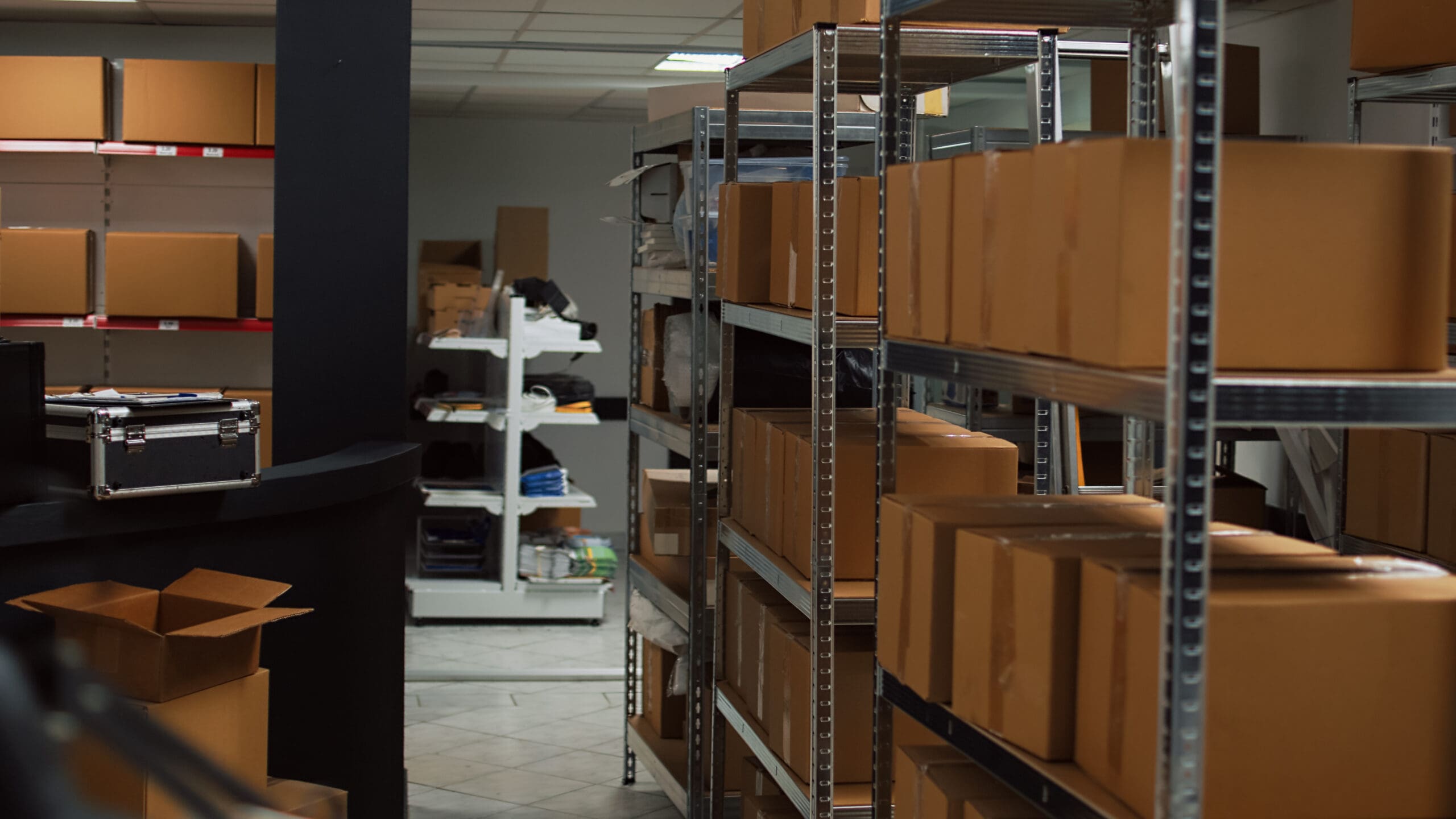Effective inventory management can affect multiple aspects of your business. They can include storage or warehouse costs, fulfilling orders on time, meeting customer demand, faster shipping times, and more. Making an inventory management mistake could affect your business for several months or maybe even years. In many cases, it takes a while for inventory management mistakes to be identified. The faster you can catch or all together avoid inventory mistakes, the better. Below we have created a guide on the top 10 mistakes to avoid when ordering inventory. Read them carefully and keep them in mind when ordering and managing inventory for your business.
Top 10 Mistakes To Avoid When Ordering Inventory
#1. Manage inventory manually
Whether your business is just getting started or is well-established, you should use an ERP (Enterprise Resource Management) or automatic calculation in Excel. ERP systems gather and organize business data using integrated software. ERP systems may be more expensive to establish so you may need to start with an automatic calculation in Excel. In fact, this should be one of the first things you do. Companies often fear that they will miss something if they do not control inventory manually or they lack trust in an automated system. This is where the mistake begins. Different personality types can result in different ordering behavior. For example, a conservative individual may not order enough inventory. Manual orders are usually based more on intuition and emotions rather than an actual analysis.
#2. Complicated storage arrangements
Storage should be considered when ordering inventory. You’ll want to order an appropriate amount of inventory for the space and demand. So what do you do when you need more storage space? Rather than getting multiple storage locations, you should invest in one or a few warehouses, depending on the size of your company. The more storage locations you have for the same product, the more complicated inventory management becomes. This can lead to mistakes when ordering new inventory. If the same product is in one place you can have a display of the total stock. Having too much space in your warehouse can also lead to mistakes. Too much space can result in less careful inventory placement. Some of the most successful companies are known for having no extra space in their stock rooms.
#3. Too many products
Similar to having too many product variations, having too many products can also cause mistakes. If you are in charge of ordering inventory you should analyze sales to keep a pulse on what sells the best. Some may believe that more products result in more sales. While this may be true, more products also means more work and more investment. Buyers should focus on the core products that consistently sell the best. Some trendy products may spike in sales. When this happens you’ll want to keep up with demand but avoid over ordering. Trends and markets can change quickly. Therefore, sales and inventory should be analyzed on a regular basis.
#4. Limit product variations
If you are purchasing inventory, you should limit product variations. Having similar products with different SKUs can create confusion and cause mistakes. Typically the mistakes happen during inventory counting. It can also confuse customers. If customers see products that look the same and function practically the same, they usually think they are the same thing. To avoid this problem you should order from fewer vendors. Taking more time while doing inventory to check SKUs can also help avoid mistakes.
#5. Work far from inventory storage facility or warehouses
This mistake is similar to #2 in the sense that they are both focused on efficiency. If you are ordering inventory, you may want to do a physical check. If you have to drive far to do a physical inventory check, this can be a problem. In addition, if you are not close to your inventory, you may miss mistakes that are occurring. While Excel spreadsheets and ERP systems are important, they do not replace the visual aspect. Some of the most successful companies in the world work right beside their inventory. Some even work in the middle of their stock. Visually seeing your inventory can connect you to reality and help you manage stock while improving inventory ordering.
#6. Cutting costs with slower processing times
Some companies may try to multitask employees and cut costs. They may consider shipping less frequently or ordering inventory less frequently to reduce costs. However, this is usually a mistake. Having a consistent ordering schedule and individuals dedicated to managing it, is important. In addition, getting customers products as fast as possible creates brand loyalty.
#7. Not taking inventory on a regular basis
Not taking inventory frequently enough or on a regular basis is a big mistake. Having a proper inventory count is critical in order to order the right products and amounts. Most companies have to take inventory after hours which can be a challenge. In addition, some companies are open 24-hours. You should find an inventory system that works for your company. Some companies take mini inventory counts each day, week, or month. Mini inventory counts take less time but can still provide the information you need. However, you should still take full inventory on a regular basis in addition to more frequent mini inventories.
#8. Hiring unqualified applicants
Companies are always looking for ways to lower costs. While you may be able to find a cheaper person to do the job, this may not be the best decision. Especially when it comes to inventory. If you don’t have the right inventory or the right amount of inventory your sales will be affected. To avoid mistakes when ordering inventory you should make sure you hire a qualified individual. Hiring a less experienced person may be cheaper but it will likely cost you more in the long run.
#9. Failure to identify demand trends
Failure to identify demand trends can cause mistakes when ordering inventory. Businesses can cut inventory waste by properly identifying demand trends. If you fail to identify demand trends you can end up with unsold stock occupying space and funds that could have been used for inventory that would sell quickly. Companies should try to identify demand trends before competitors. This allows them to be prepared and order in demand products in the appropriate quantities.
#10. Improper management
Structure and management are critical when it comes to inventory management, hence to the name. Companies should have a structured process in place for taking and ordering inventory. In addition, only one or two people should be in charge of inventory. Having too many individuals in charge can lead to mistakes.
How Kickfurther Helps Small Business For Their Inventory Needs
Kickfurther can help FBA sellers secure inventory funding. We are the world’s first online inventory financing platform that enables companies to access funds they usually cannot acquire through traditional sources. We connect brands to a community of eager buyers who help fund the inventory on consignment and give brands the flexibility to pay that back as they receive cash from their sales. This alleviates the cash-flow pinch that lenders can cause without customized repayment schedules allowing your brand to scale quickly without impeding your ability to maintain inventory.
Key Takeaway
In conclusion, effective inventory management is critical for a business to thrive. If you can avoid making mistakes when ordering inventory, you can save the business money. In some cases, mistakes are unavoidable. Humans cannot be perfect in every way. If you do make a mistake, be sure to recognize it and use it as a learning experience. If you need inventory financing you should apply through Kickfurther. Kickfurther was originally launched in 2014 by Sean De Clerq who, just like you, was looking for an efficient inventory financing solution. He launched Kickfurther with the intention of helping other entrepreneurs and business owners find affordable inventory financing.









